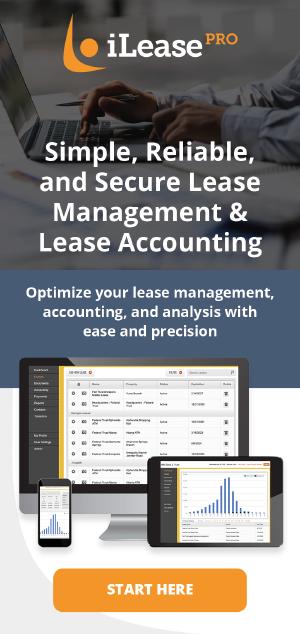Managing Loan Covenants Under ASC 842: Key Challenges and Strategies
Leverage-Related Covenants
Loan agreements often include leverage-related covenants that set maximum debt thresholds a company must maintain. With ASC 842 requiring the recognition of operating lease liabilities on the balance sheet, companies may see a significant increase in reported debt. This can result in:
- A higher debt-to-equity ratio, making the company appear more leveraged and potentially riskier to lenders.
- A higher debt-to-assets ratio, which could lead to a reevaluation of the company's creditworthiness.
- Increased risk of technical default, where a company remains operationally sound but is in violation of its loan covenants due to balance sheet changes.
To mitigate these risks, companies should proactively engage with lenders to renegotiate covenant terms, adjusting definitions of debt to exclude lease liabilities where possible. Learn more about managing ASC 842’s impact on financial statements in our blog post on ASC 842 Lease Accounting: Impact on Debt-to-Equity Ratio.
EBITDA-Based Covenants
ASC 842 alters the way lease expenses are classified on the income statement. Previously, operating lease expenses were reported as operating costs, reducing EBITDA. Under the new standard:
- Lease expenses for finance leases are now divided between amortization and interest expense, both of which are excluded from EBITDA calculations.
- Companies with a significant lease portfolio may see a higher EBITDA, which could make EBITDA-based covenants easier to meet.
- However, lenders may adjust definitions of EBITDA in loan agreements to exclude the accounting impact of ASC 842, neutralizing any perceived benefit.
Businesses should review their loan agreements and work with lenders to ensure that EBITDA calculations accurately reflect their financial position. For further details, read our blog on How ASC 842 Impacts EBITDA and Profitability.
Interest Coverage Ratios
Interest coverage ratios measure a company’s ability to meet its interest obligations. With ASC 842, finance lease obligations now include an interest expense component, which can:
- Reduce interest coverage ratios, making it appear as if a company has less ability to cover its interest payments.
- Affect borrowing capacity if the lower ratio leads to concerns about financial stability from lenders.
- Increase the likelihood of credit rating adjustments, potentially leading to higher interest rates on new or existing debt.
Companies should reassess their interest coverage metrics and consider alternative financing strategies or renegotiations with lenders to maintain compliance with loan agreements.
ASC 842 brings much-needed transparency to lease obligations, but it also introduces challenges in meeting loan covenants tied to leverage, EBITDA, and interest coverage. Companies should take a proactive approach by:
- Communicating with lenders early to renegotiate covenants as necessary.
- Adjusting internal financial metrics to reflect ASC 842 impacts.
- Using lease accounting software, such as iLeasePro, to ensure accurate financial reporting and compliance.
By understanding the implications of ASC 842 on loan covenants and taking strategic action, companies can navigate these changes effectively while maintaining strong relationships with lenders and investors.
ASC 842 significantly impacts loan covenants by increasing liabilities on the balance sheet, altering EBITDA calculations, and affecting interest coverage ratios. Companies may face challenges such as exceeding debt thresholds, triggering technical defaults, and adjusting EBITDA-based financial tests. Proactive engagement with lenders, renegotiation of loan terms, and leveraging lease accounting software can help mitigate these risks. Read our related blogs on ASC 842 Compliance: Avoiding Common Pitfalls and ASC 842 Lease Accounting: Impact on Balance Sheets for more insights.



